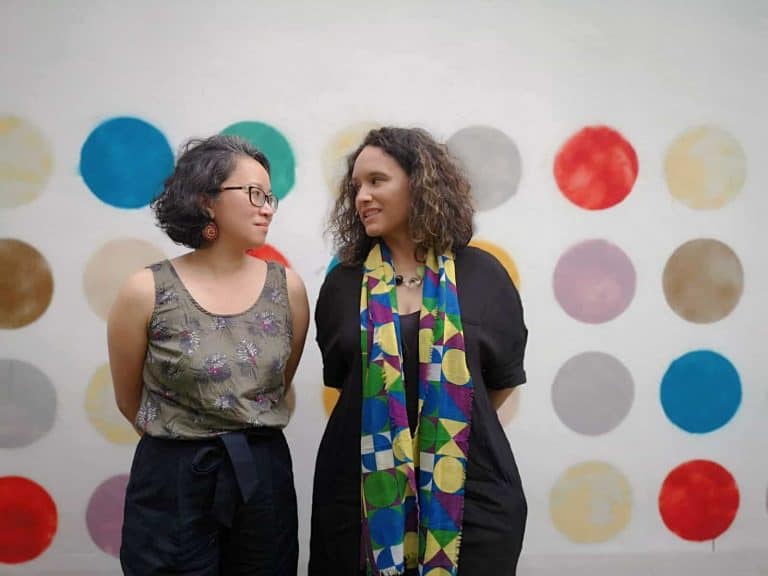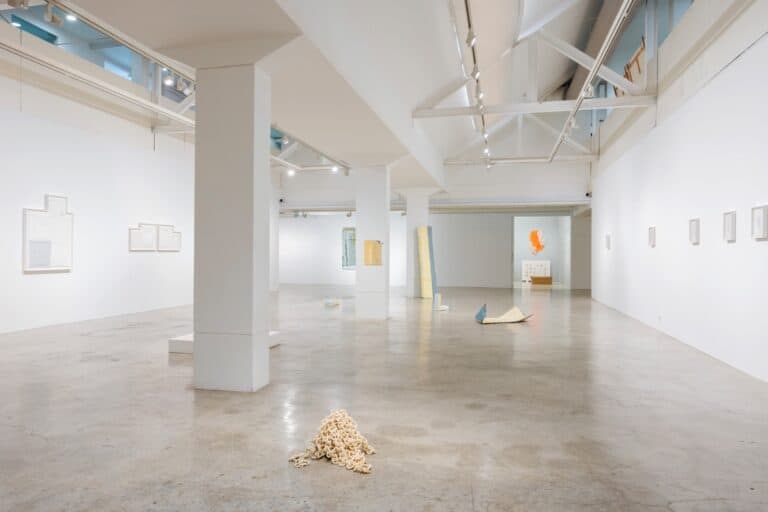We celebrated International Women’s Day on 8 March, but for the past month, Gajah Gallery has been showcasing a small but perfectly formed exhibition featuring three pioneering female artists, Han Sai Por, Suzann Victor and Jane Lee.
The show Intimacies of Scale presents new works by these artists which were produced at the Gallery’s own foundry Yogyakarta Art Lab (YAL), located in Yogyakarta, Indonesia. The fact that the show is composed entirely of female artists feels almost like an afterthought, given the strength of the works on display.
It’s a clear step towards greater female representation in local art, but arguably, an even more important development in the breadth and body of Singapore’s art history. As a tiny island nation, one might argue that Singapore and Singaporeans cannot help but be preoccupied with matters of size and scale. From former Indonesian President BJ Habibie’s dismissal of the island as a “little red dot,” to the unprecedented levels of economic success enjoyed by the tiny country — questions of reach, magnitude and scale are never far from the nation’s consciousness.
Enter the gallery and you’ll first be confronted with Han Sai Por’s giant sculpture Sprouting. Her work addresses a key aspect of the Singapore identity – its affinity for greening and gardens. The sculpture sees a humble seedpod being magnified to gigantic proportions within the incongruous confines of an art gallery space.
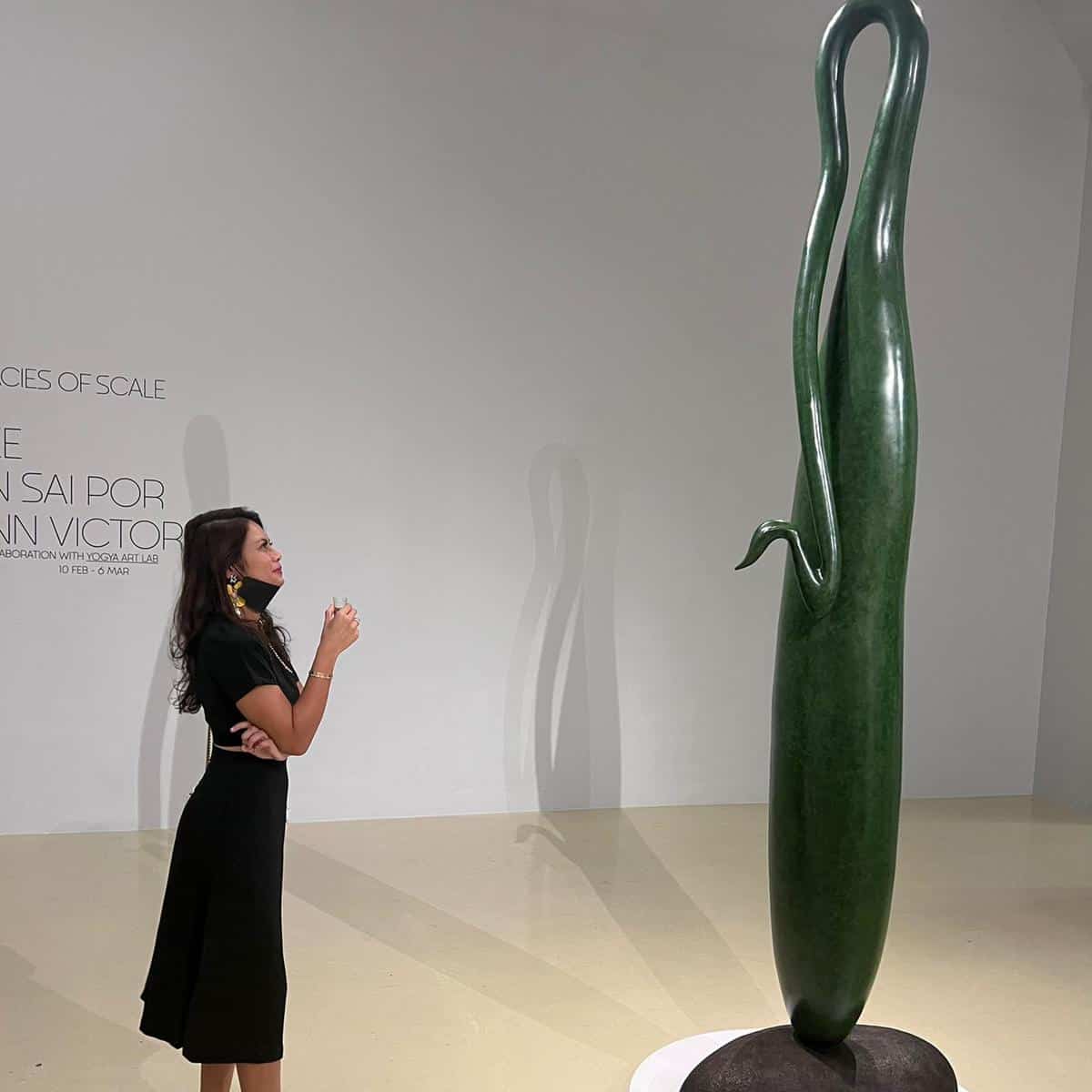
The jade-green patina of the plant is striking as it conveys a sense of strength and solid stability, just as the sculpture curves and bends back onto itself. There is a brownish, slightly mottled quality to the work that perfectly mimics the vagaries and ravages of nature on growing plants in the wild, and the pod feels very much alive in its exhibition space, with a graceful movement and tactility to it that belies its rock-solid form.
There is a quietly defiant element to Sprouting which unveils itself upon further contemplation of the work. Herself a famed artist with large public sculptures in prominent locations dotted all over Singapore, including in the country’s business district, Han does not appear to shy away from asking difficult questions about the importance of nature.
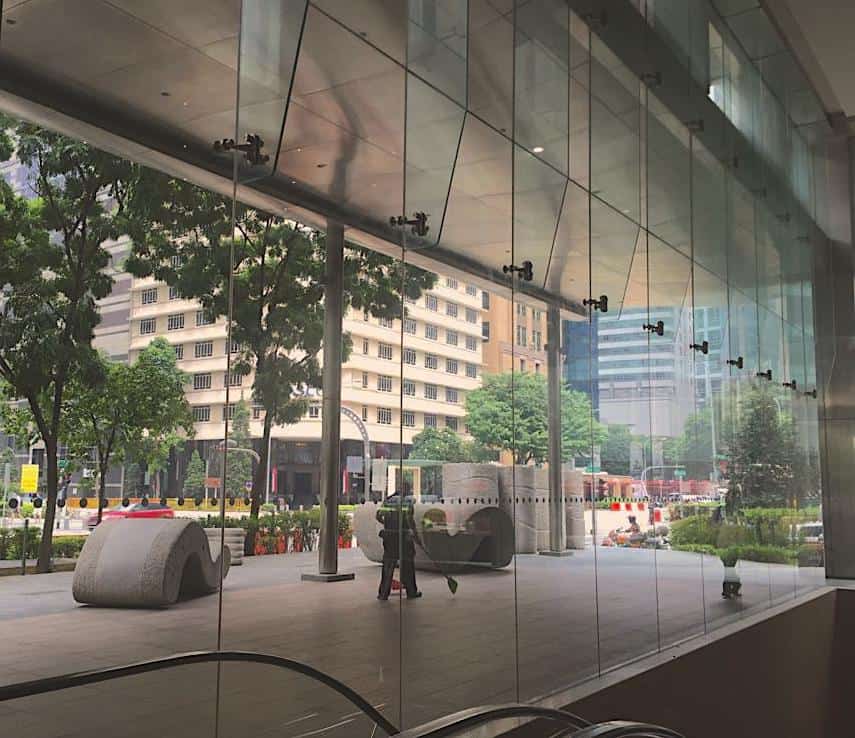
Rightly or wrongly, Singapore’s bustling, modern environment often requires prioritising urban development over natural conservation. With its own ‘Supertree-like’ ability to shock and awe, juxtaposed against the many hours of painstaking creative craftsmanship and thought involved in its production, Sprouting is all at once a rebuke, lament, love letter and tribute to Singapore’s complicated relationship with the natural world.
In a similar fashion, the lenses in Suzann Victor’s River of Returning Gazes reflect, refract, obfuscate and elucidate all the same time. It features a hand-painted pastiche of photographic scenes from Singapore, ranging largely from the 1920s to the 1960s. These images were derived from vintage postcards and selected primarily for the defiant expressions of their human subjects. The painted scene serves as the backdrop to the work, one which is encased in an overlay of clear lenses.

Victor’s work contains a multitude of disquieting contradictions.
The diamond-shaped lenses overlaying the painting throw off light in short, sharp bursts, but their rounded surfaces have a softness to them, reminiscent of quilted textiles.
At first glance, the lenses appear to offer a clear sightline to the painting at the back of the work, but a closer look reveals blurry magnifications of only certain parts of the painting:

River of Returning Gazes invites viewers to peer and in and out of the lenses as they work through the sensations of frustration, confusion and curiosity. There is a sense of being given the opportunity to view fragmented parts of the full picture, amidst a struggle to make sense of the whole.
Although made up of a dizzying number of images, Victor’s work is not meant to provide a comprehensive overview of colonialist imagery, but instead offers audiences a conceptual experience that perfectly encapsulates the complexities and multiplicities of colonial history and memory in Singapore.
To avoid falling into the trap of Othering her subjects further, Victor places herself in River of Returning Gazes — as a small moody child in a pink dress located at the centre of the work:
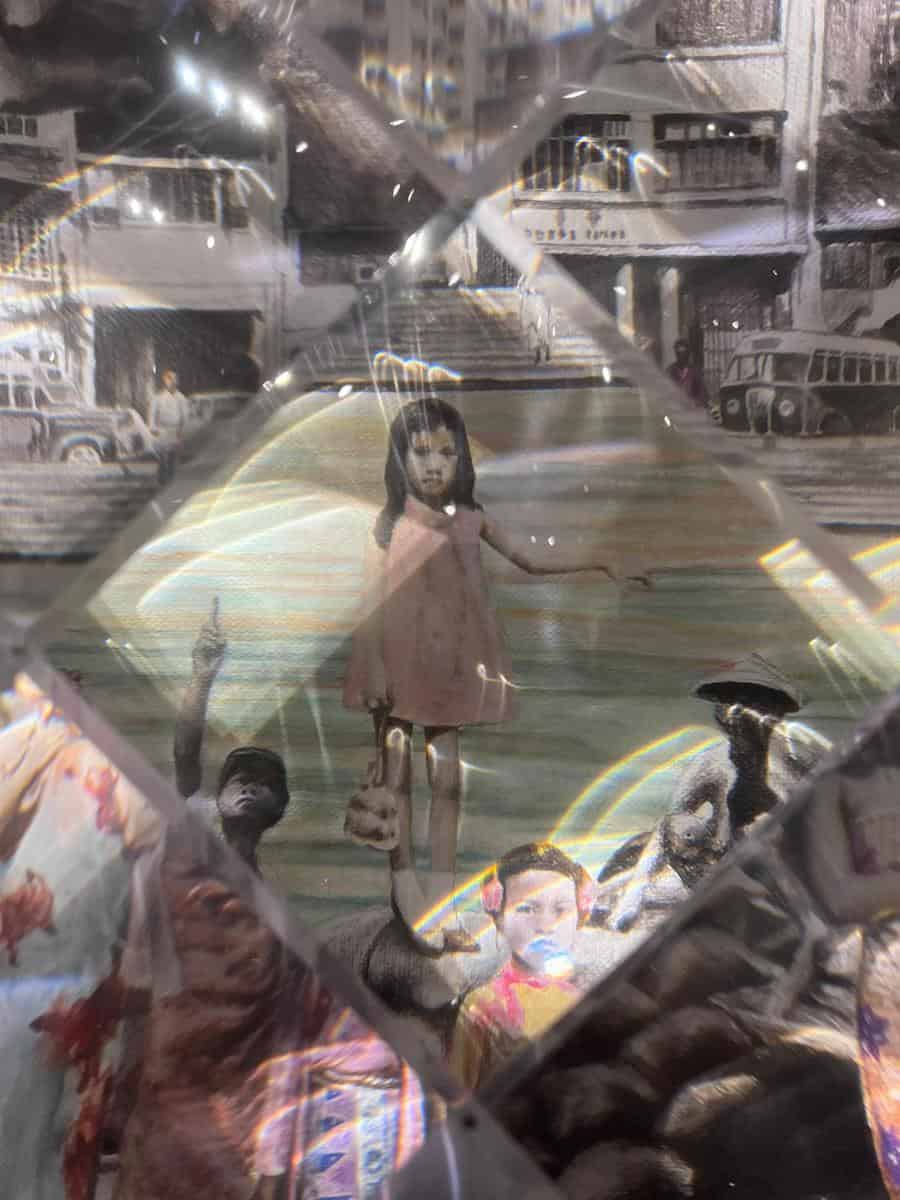
Victor’s work joins incisive, critical works like Teo Eng Seng’s The Net: Most Definitely the Singapore River (1986) in its unflinching and honest critique.
While Teo’s work addressed the environmental pollution of the river, Victor here tackles the toxicities of colonial ethnography. The colonial photography that forms the backbone of River of Returning Gazes is premised on the exoticising compositions, which were made for the colonial tourist market, but prompts questions associated with contemporary concerns as well.
Victor encourages the viewer to travel back and forth in time to question the extent to which society has moved forward. In our present panoramas of the Singapore River – most iconically viewed from the Central Business District – what has changed? How different is Victor’s tiny painted colonial-era rice sack-carrying coolie in River of Returning Gazes, for example, from the thousands of construction workers that teem into Singapore yearly?
While Han and Victor’s works interrogate and probe the big issues of contemporary Singapore living, Jane Lee’s work Beyond Infinity rounds out the Intimacies of Scale exhibition by inviting viewers to take a contemplative turn and to look quite literally, inside themselves. The vessel through which this experience is rendered is a hollowed-out stainless steel frame featuring circular cut-outs, some of which are overlaid with mirrors and others that are not.
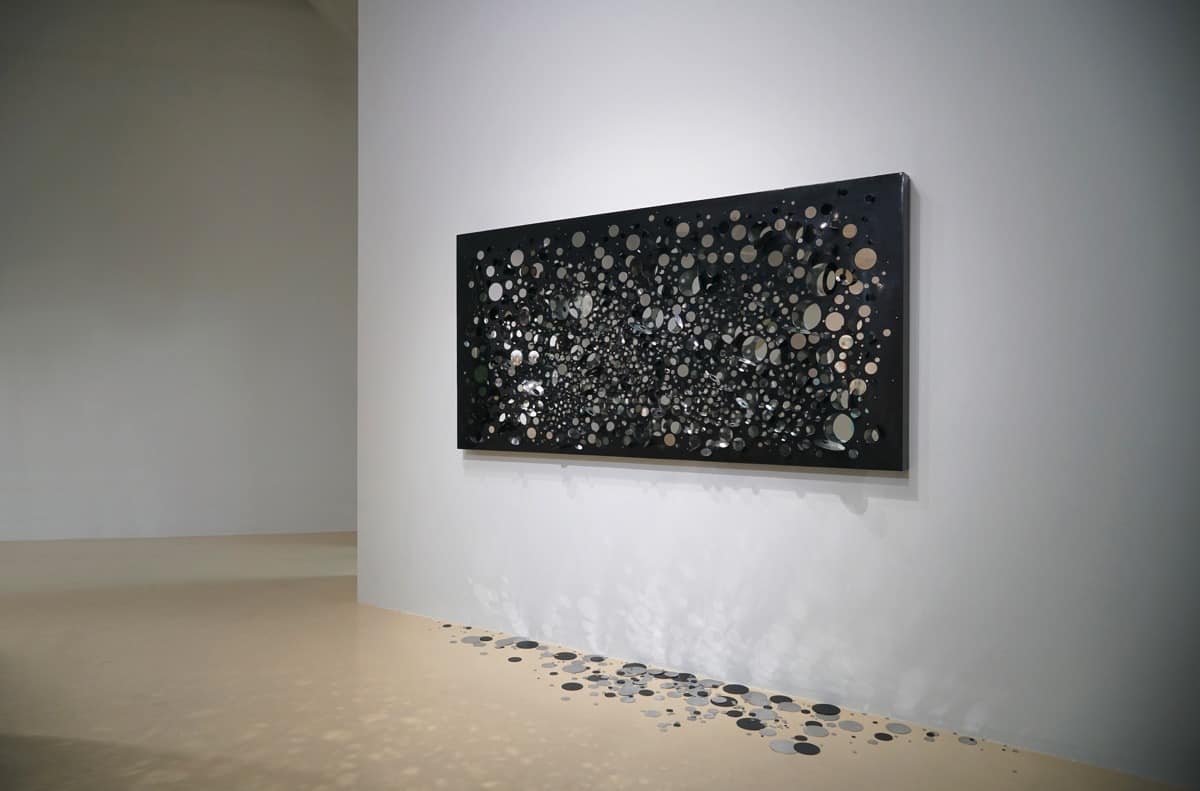
As viewers take in the work, they are also given an opportunity to gaze upon their own reflections, presented at various skewed angles.
Lee’s audience is given the chance to embark on a childlike guessing game as it attempts to figure out which sections of the work contain reflective material and which are devoid of it. The playful, humorous qualities of the work offer an intriguing point of contrast to the sharp and precise folds of a number of cut-outs in the work:
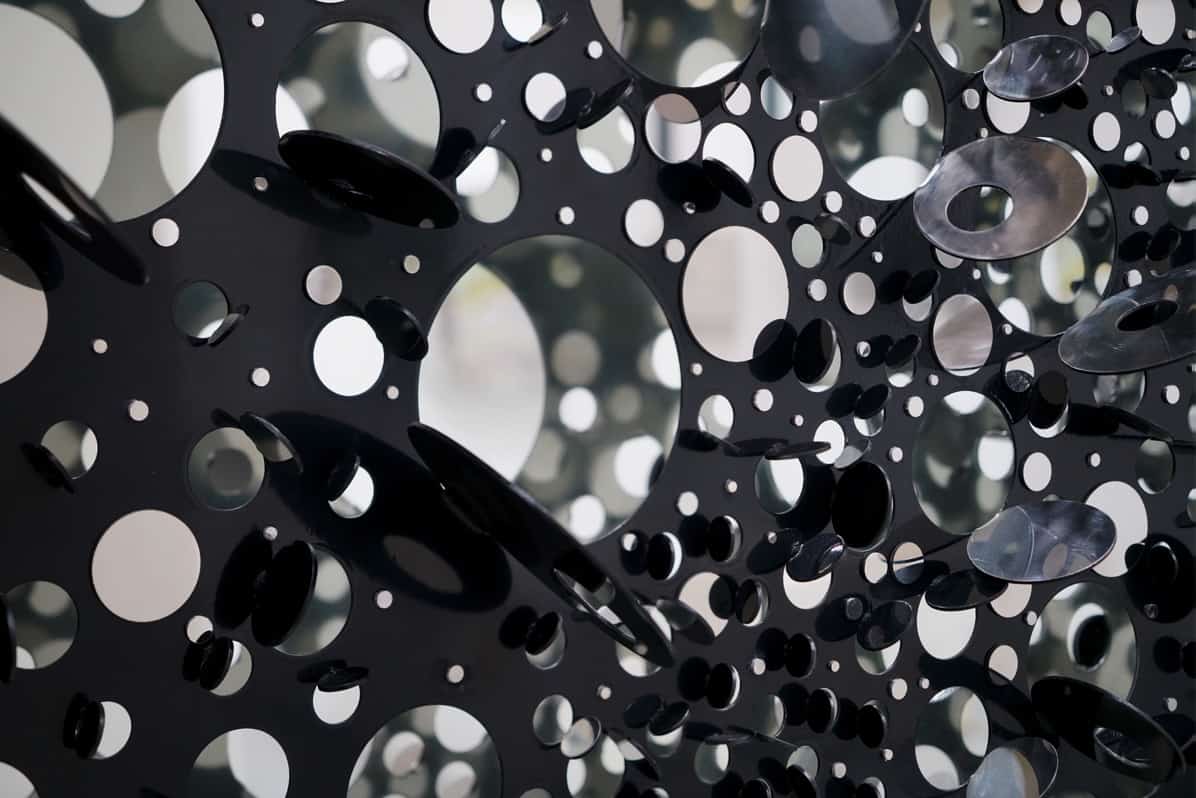
While some cut-outs have dislodged themselves fully, scattering to the floor, others stay attached to the frame, jutting out at painful right angles to the smooth and flatly horizontal surface of the work. In this regard, Beyond Infinity recalls the imagery of trypophobia; of peeling scales and barnacles; and of sharp painful edges.
The mirrors, while inviting enough for a good dose of Instagram-fuelled vanity and voyeurism, are dangerous articles in themselves with the ability to hurt and maim if touched carelessly or in violent ways. Lee herself acknowledges this apparent contradiction, highlighting the duality of pleasure and pain in any personal self-reflective journey.
Lee’s work slots in beautifully with the larger narratives offered by Victor and Han’s works – asking the pressing question of where viewers themselves stand when presented with existential socio-political concerns.
Intimacies of Scale offers audiences a rare chance to dive into the Singaporean soul, as sketched and mapped out by three of its most established and thoughtful female artists.
In this month in which we honour and celebrate women, Intimacies of Scale is certainly worth a look, both for its celebration of female-made art and its razor-sharp commentary on contemporary Singapore life.
__________________________
A longer version of this essay will appear in the catalogue for Intimacies of Scale.
Intimacies of Scale runs till 21 March 2022. Find details on opening hours here.
This article is produced in paid partnership Gajah Gallery. Thank you for supporting the institutions that support Plural.
All images, unless otherwise stated are courtesy of Gajah Gallery.






